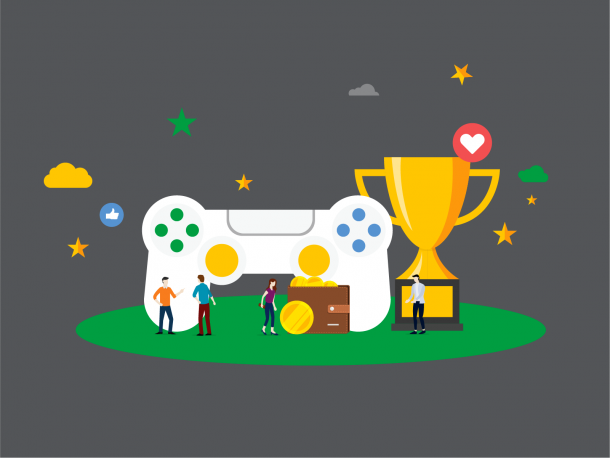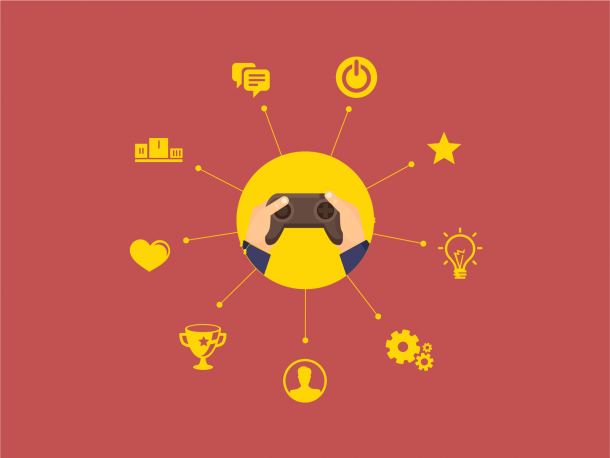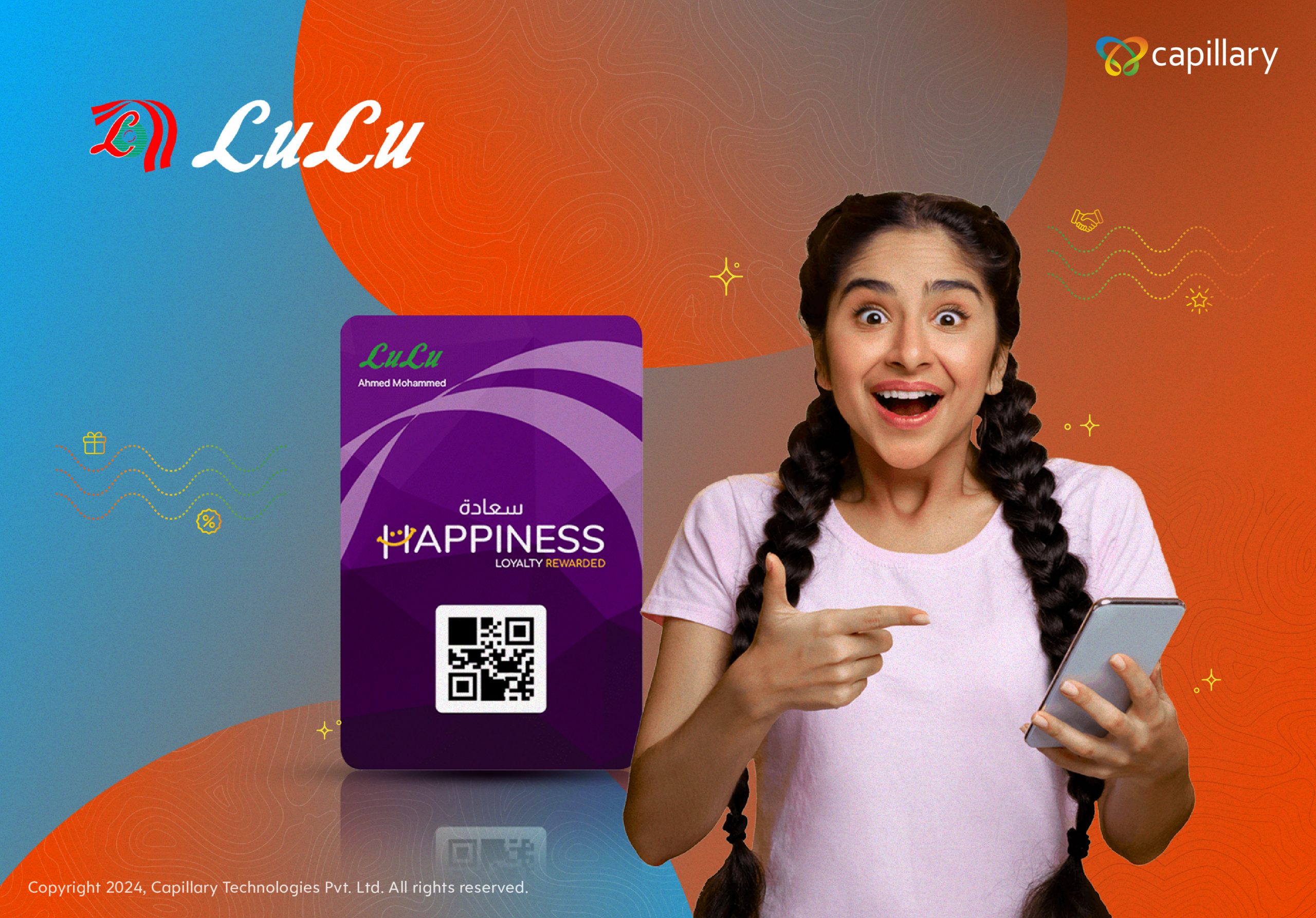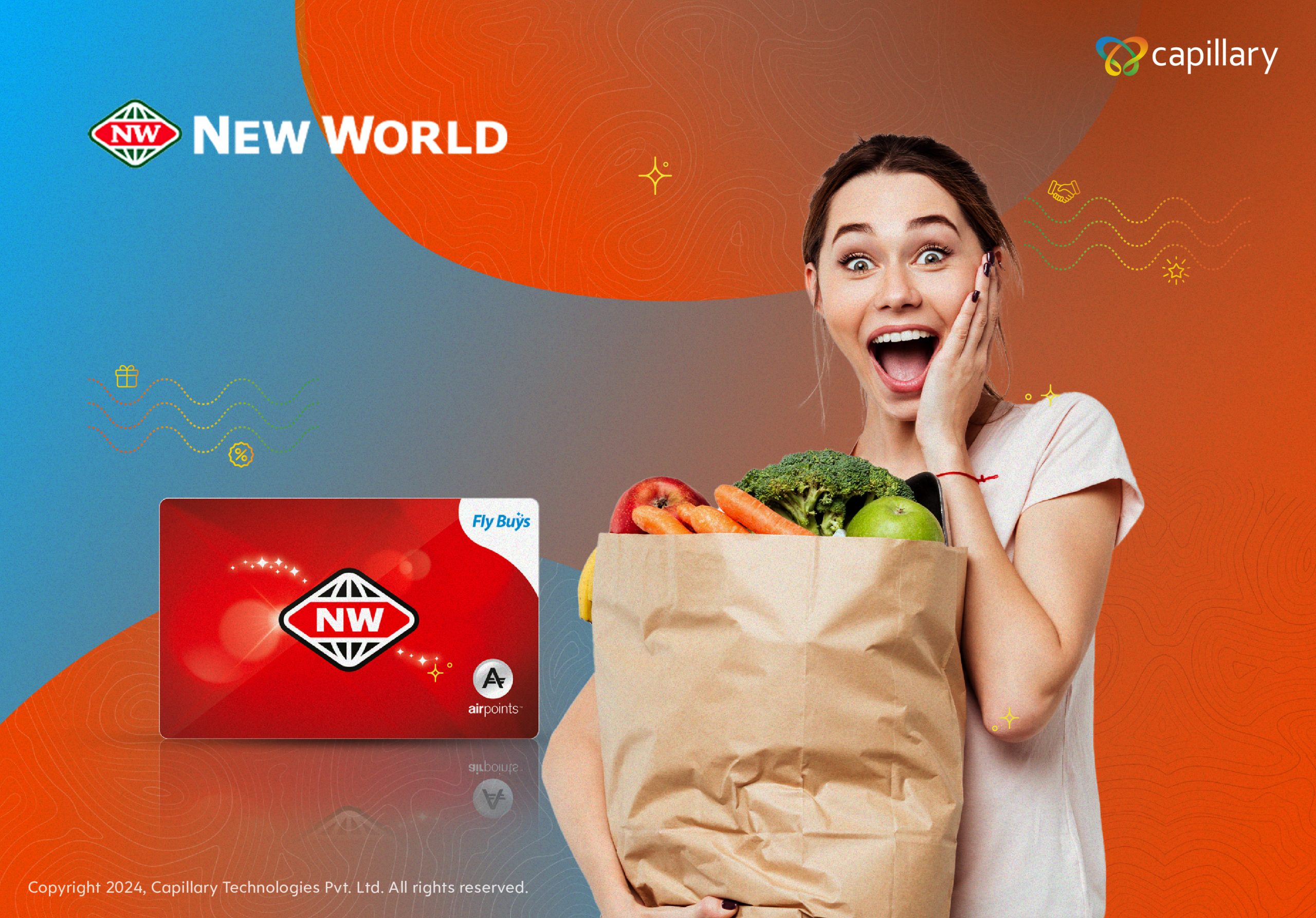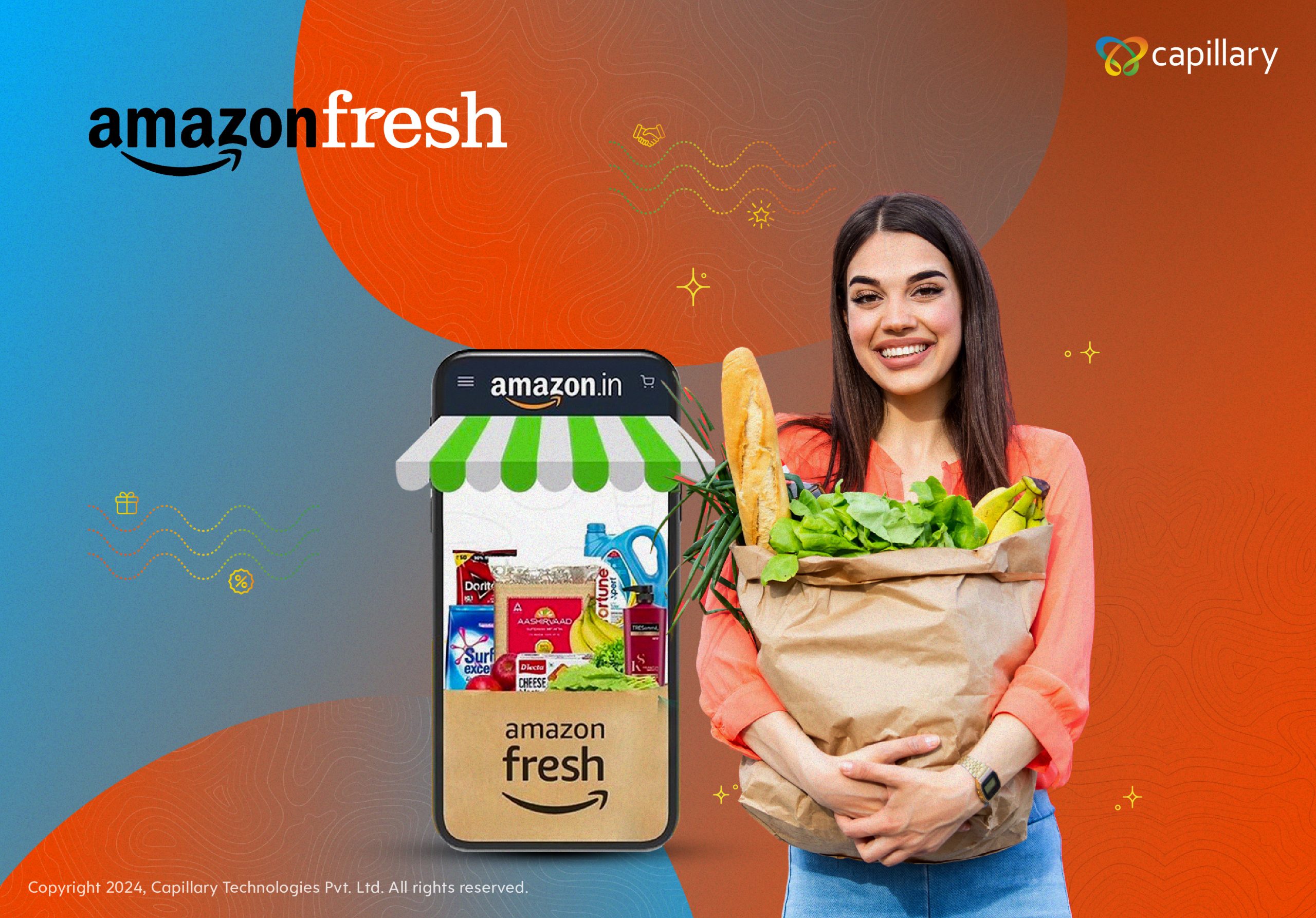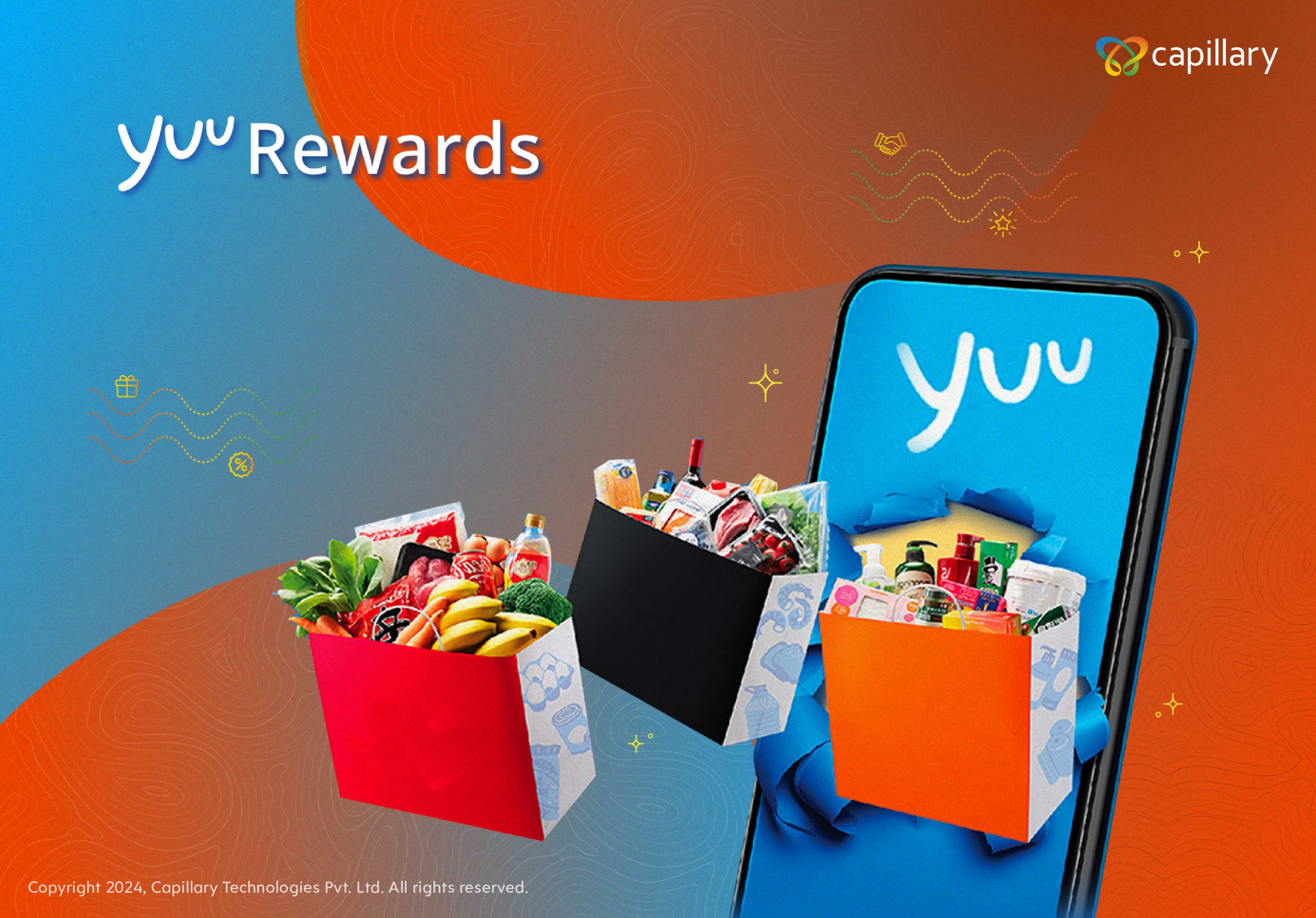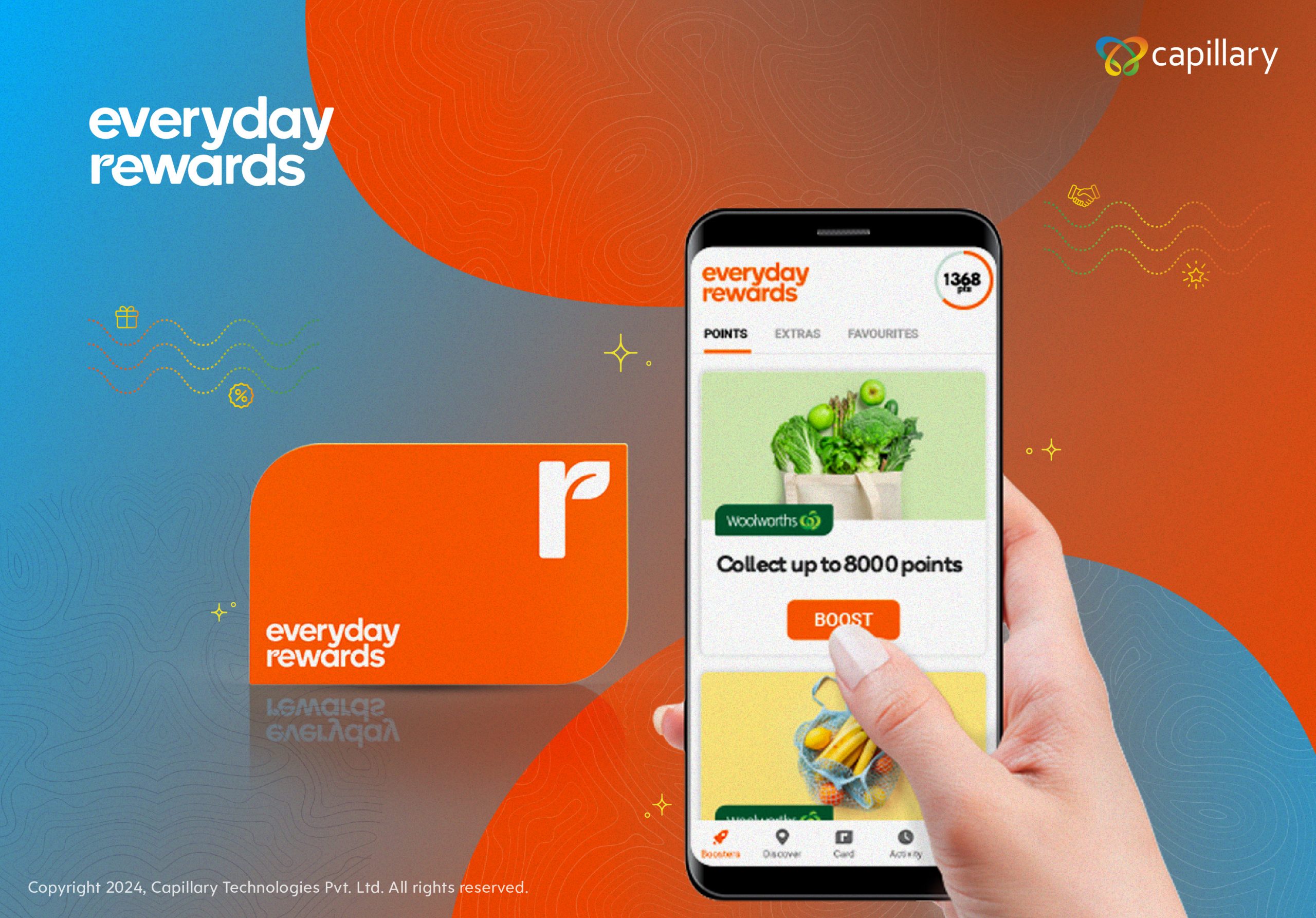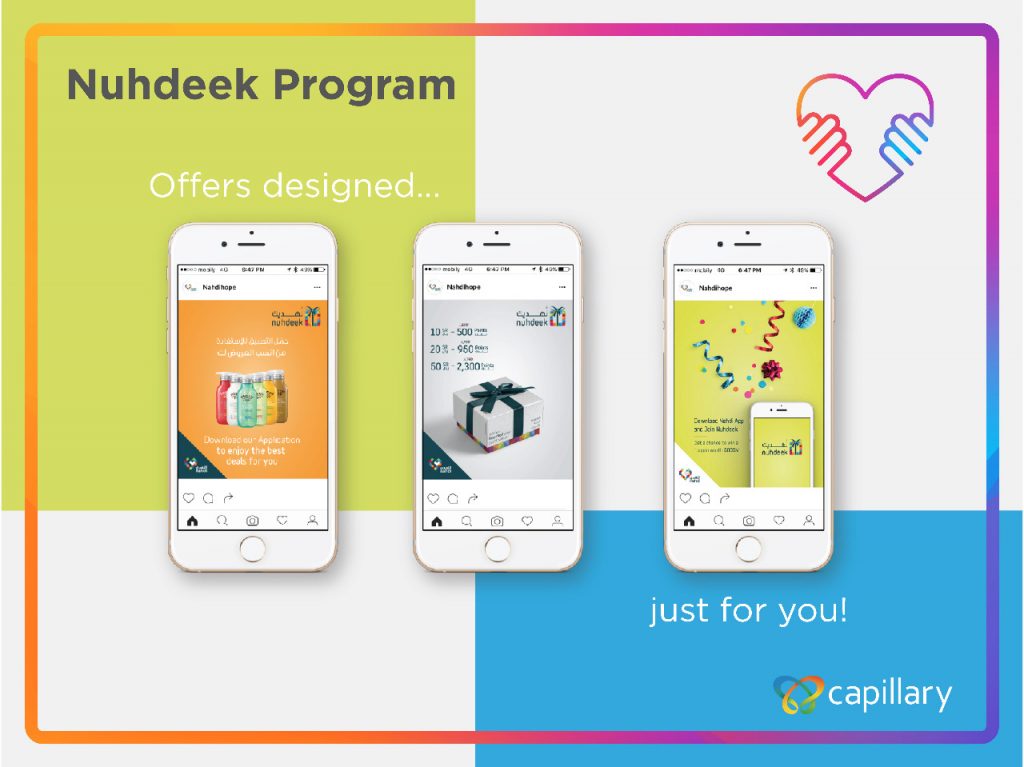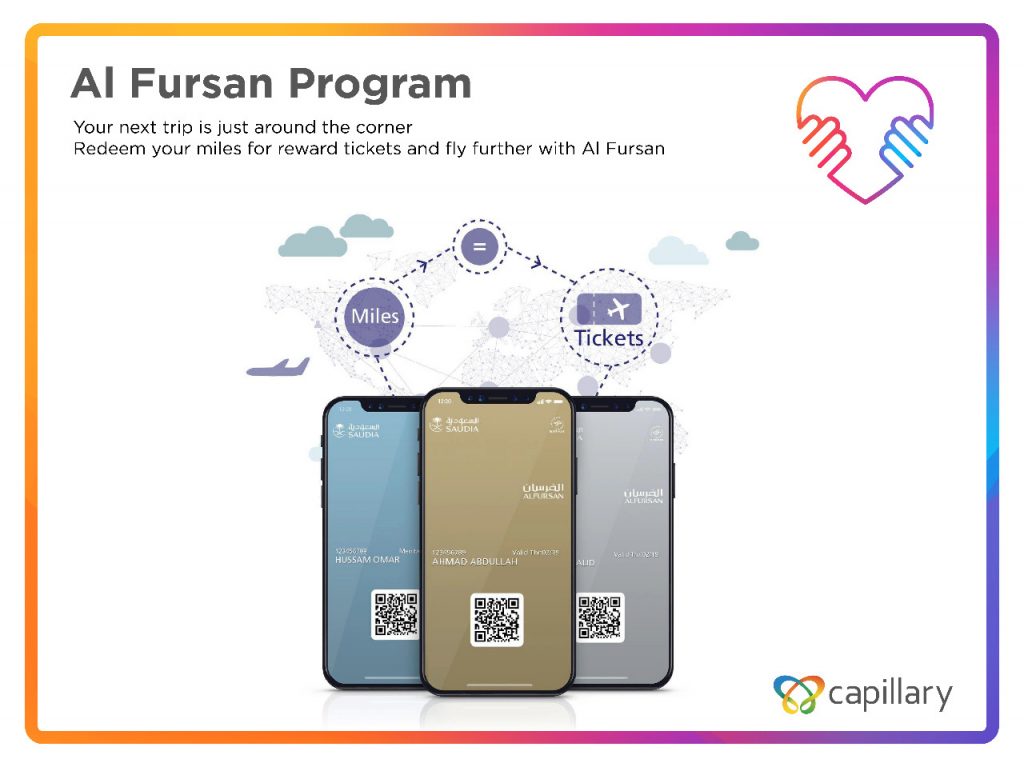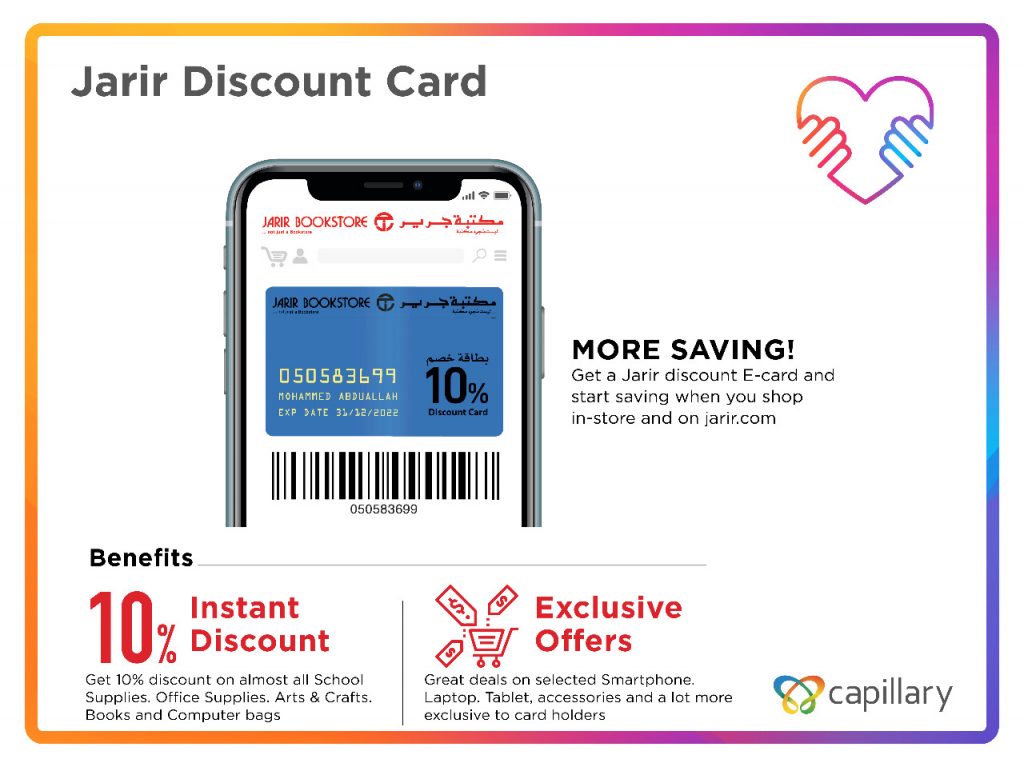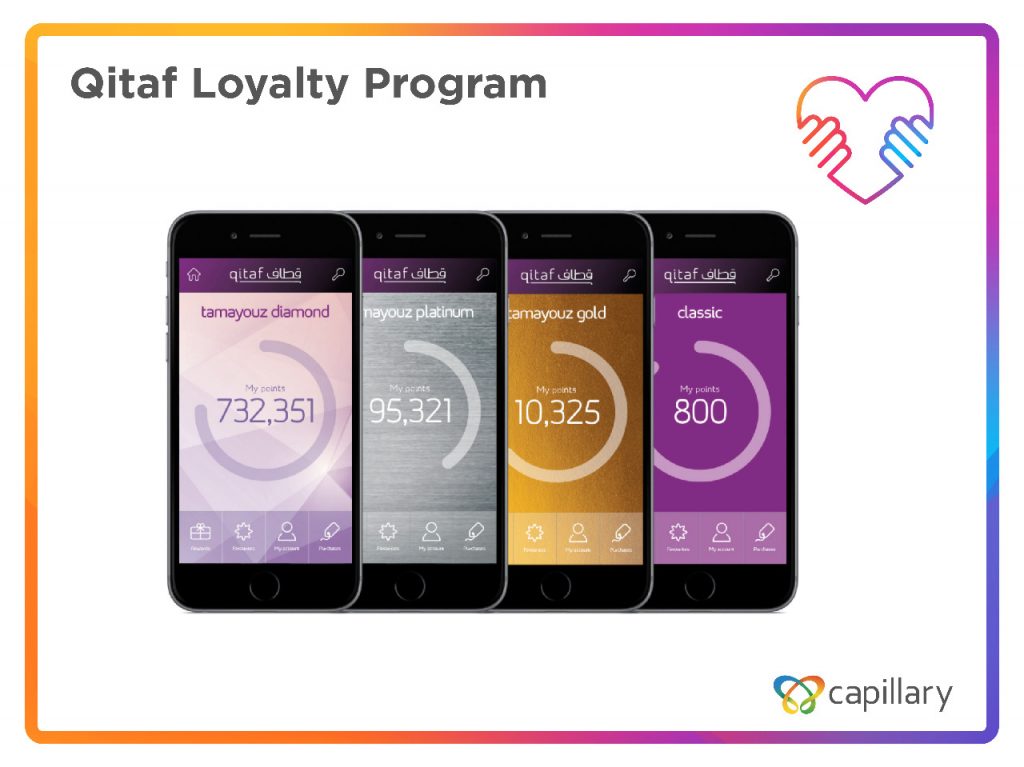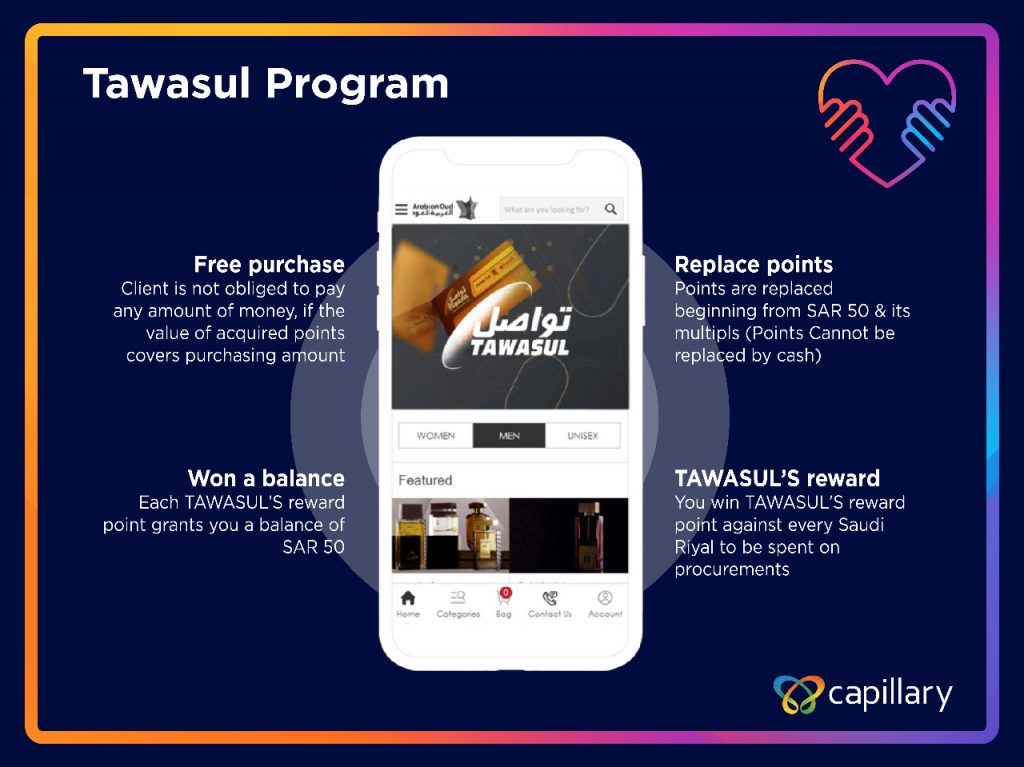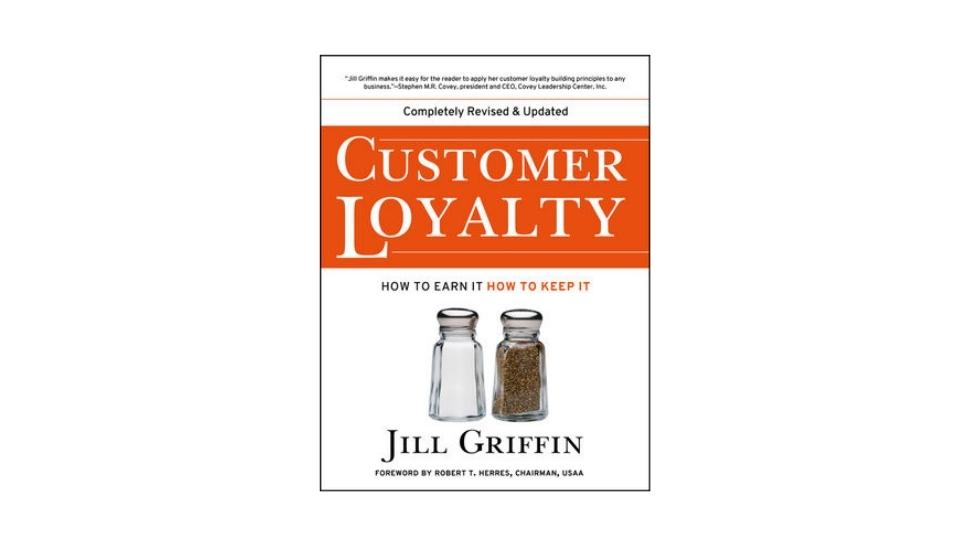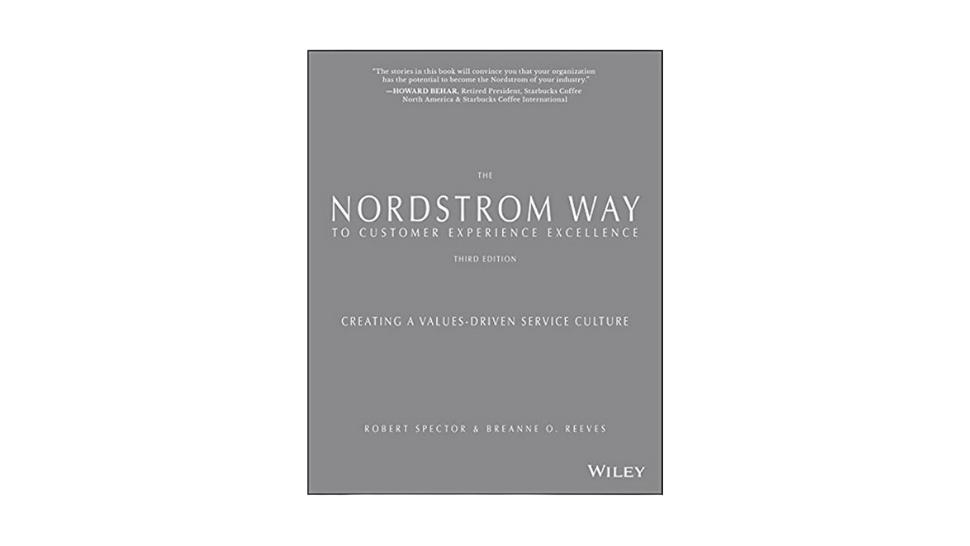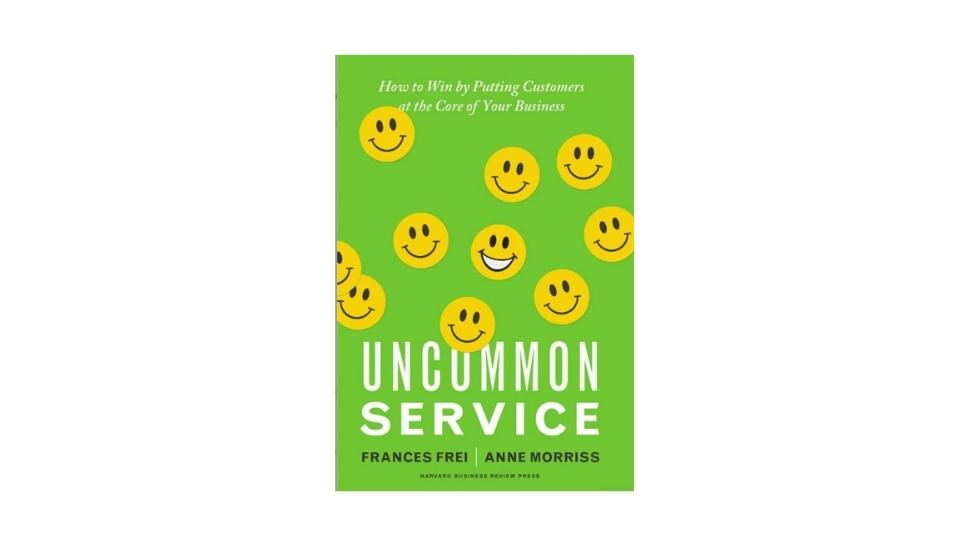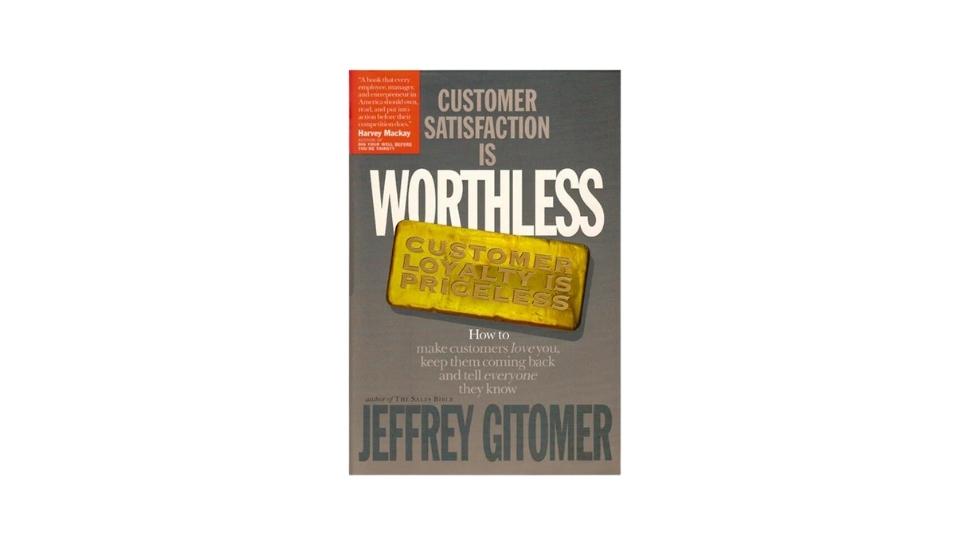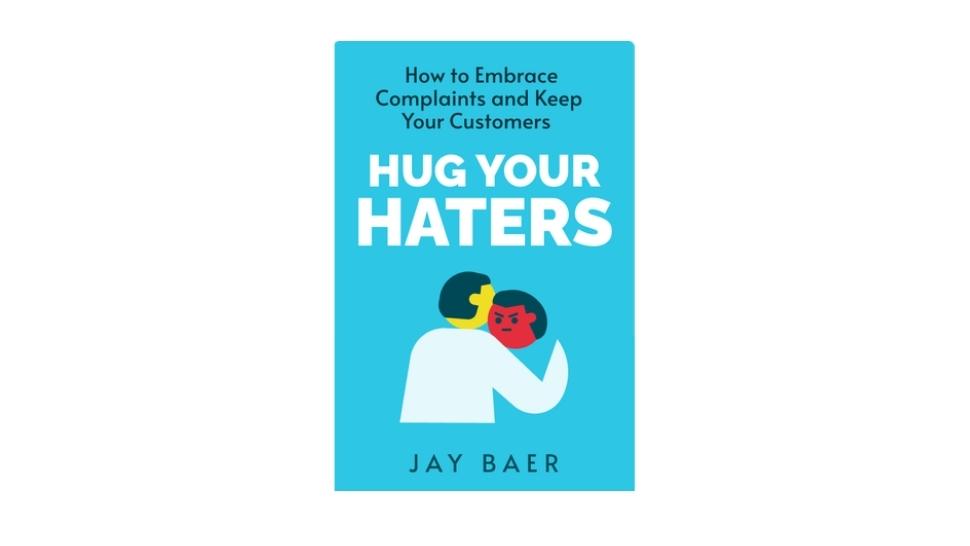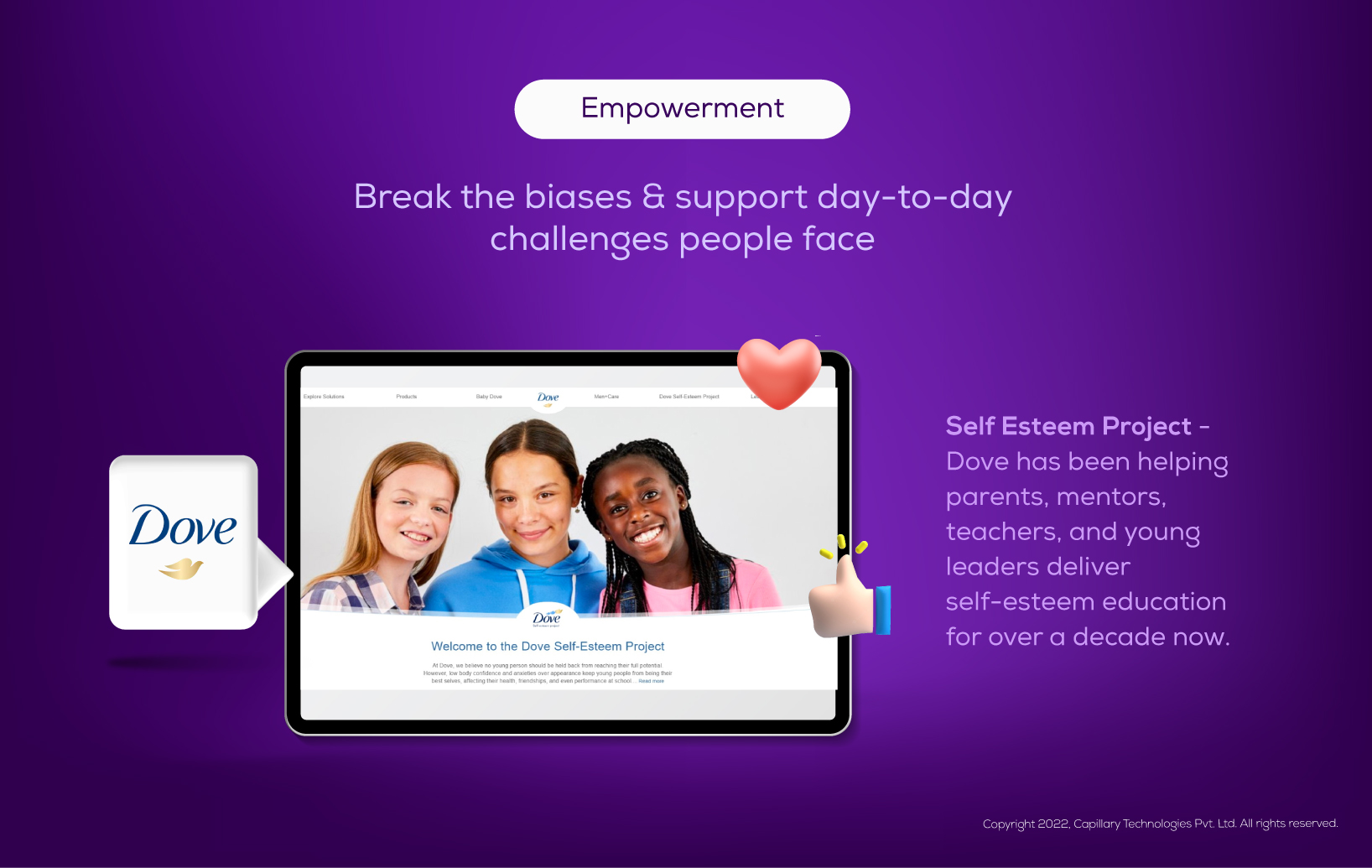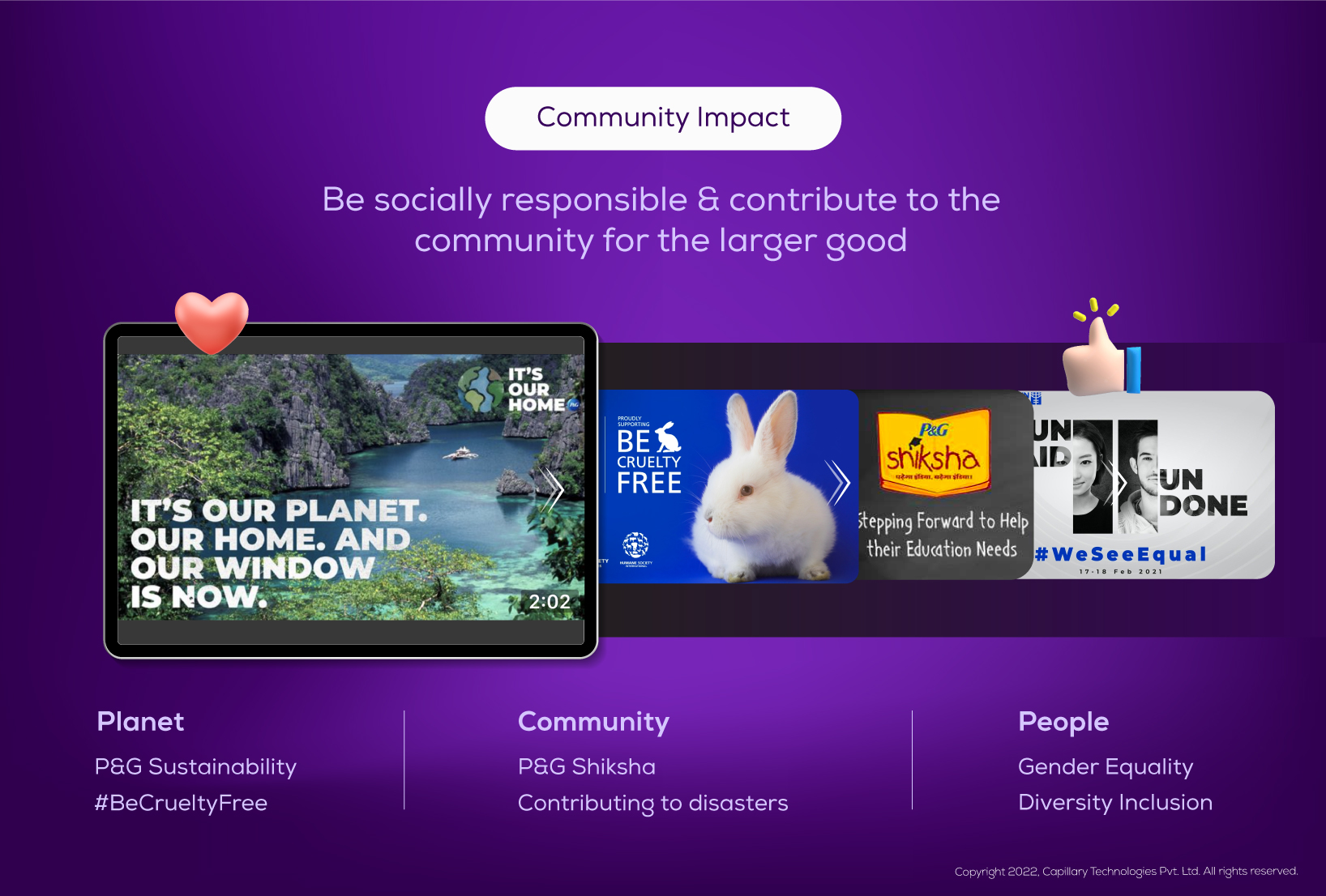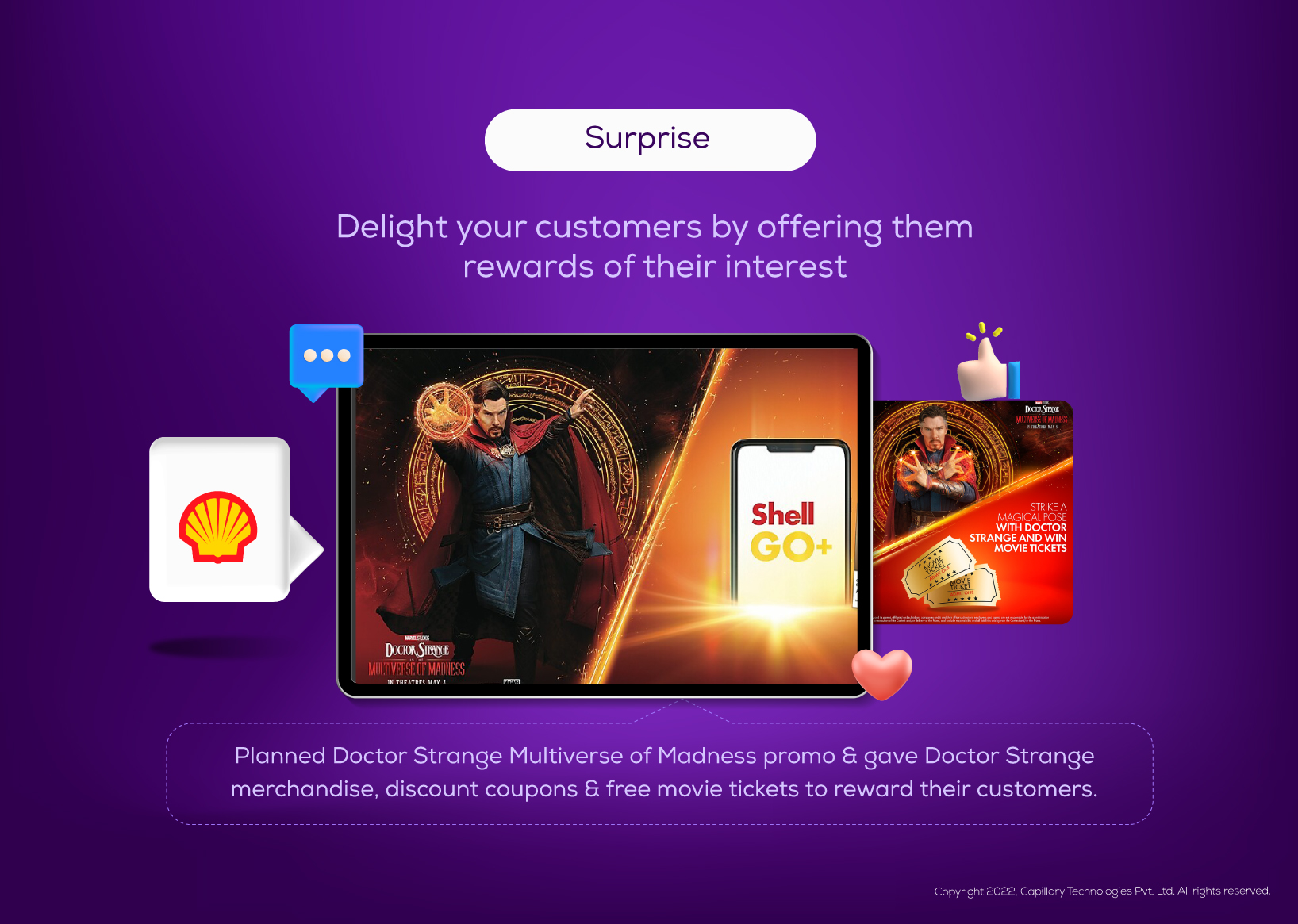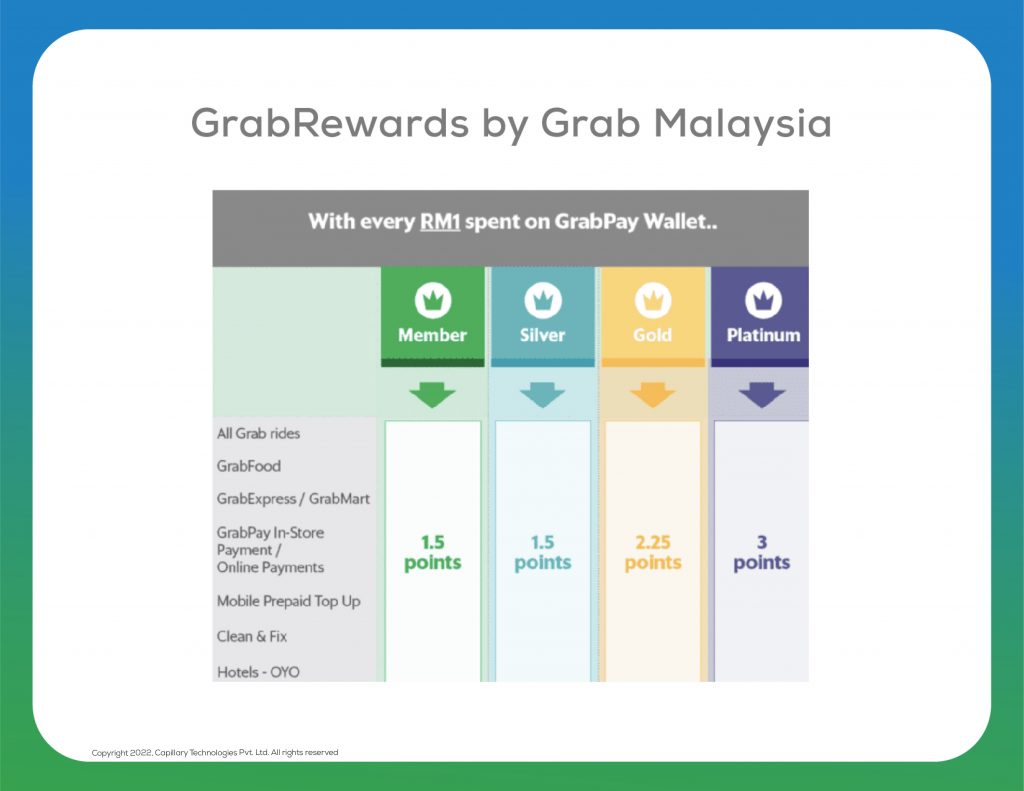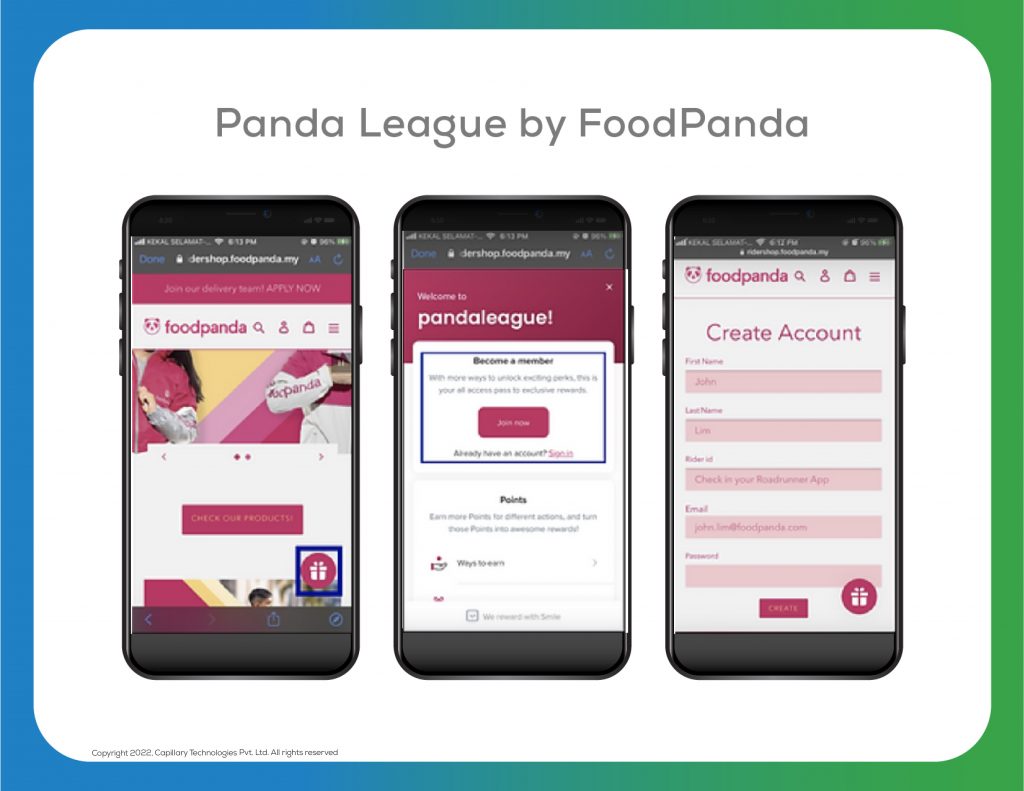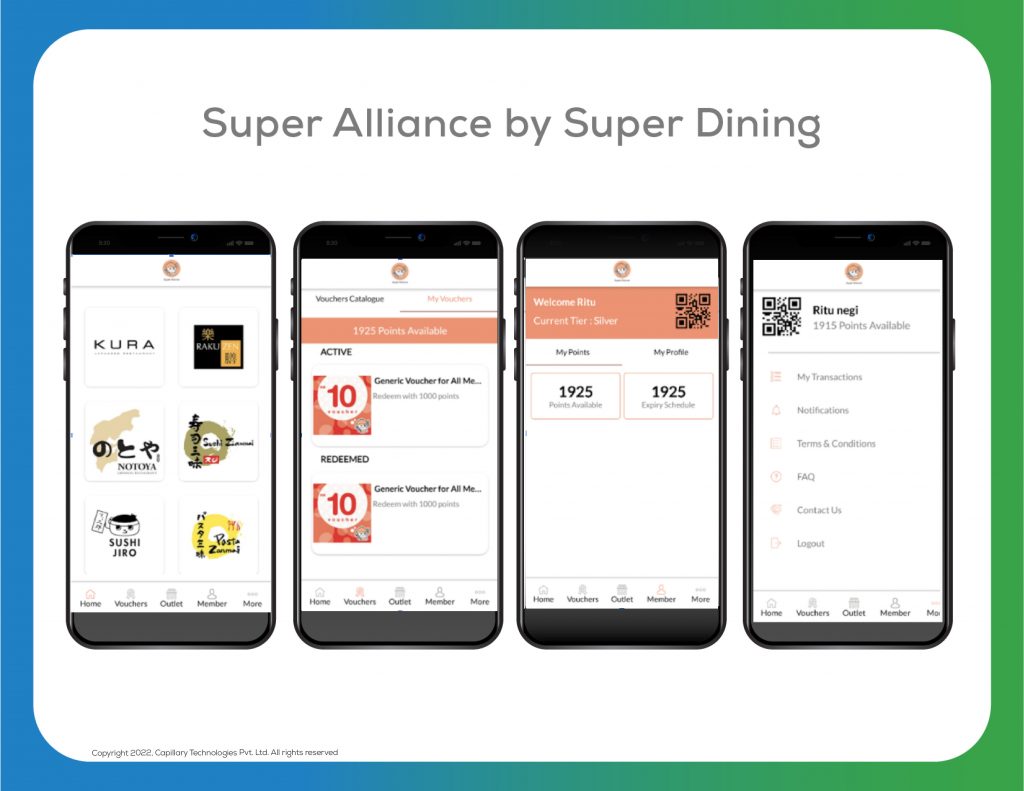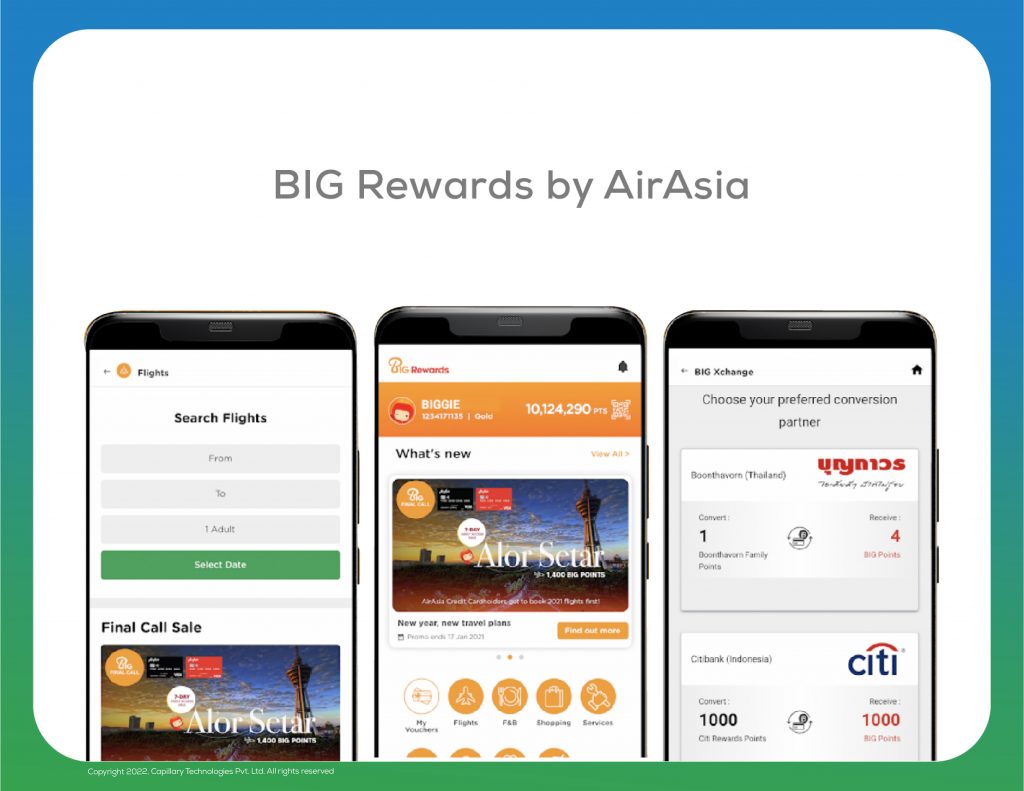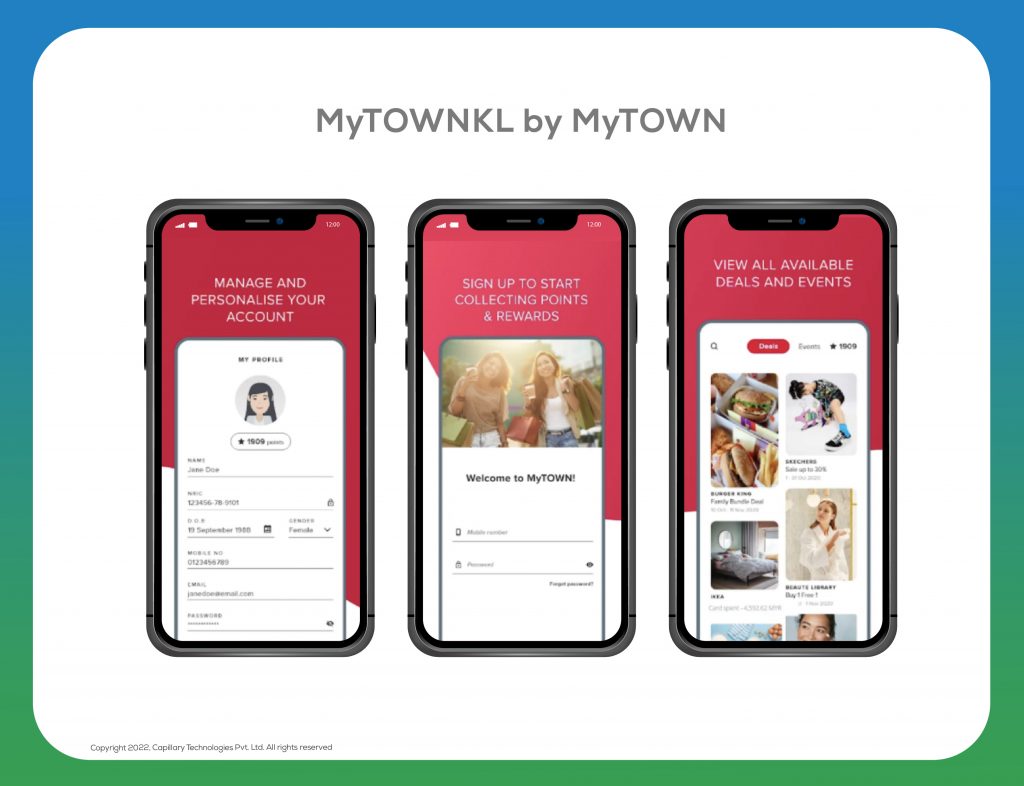We all love games, just look around! From millennials playing Fortnite for hours on to gamblers losing all their money in casinos to even intellectuals solving crosswords, there are plenty of examples of how games can captivate us. In fact, gaming is the most popular habit of the digital age. There are over 2.8 billion mobile gamers worldwide as of 2024, and this number is only projected to go up. So it’s no surprise that businesses across industries are using mobile app gamification for enhancing customer experiences and establishing customer loyalty.
Brands are borrowing game strategies, for marketing and motivating customer behavior, using game elements like badges, scoreboards, points, levels, and more. Gamification is being used not just to attract new customers, but even in loyalty programs to retain customers and create a life-long bond.
In this article, we will explore how brands can deepen customer loyalty by enhancing gamification on their mobile apps. Our focus on mobile apps stems from the fact that more than 50% of online purchases today are happening on a mobile device.
Intrinsic Motivation
Before using gamification to enhance customer experience, brands must understand intrinsic motivation clearly as it is essential for creating sustainable engagement.
Intrinsic motivation is the drive to do something because it’s enjoyable or interesting, rather than for external rewards or recognition. One way to better understand intrinsic motivators is by using the Self Determination Theory, a universal concept that claims three factors create emotional motivation: autonomy, competence and relatedness.
- Autonomy: Consider ‘autonomy’ as the freedom of internal will. No one likes to be forced to do something. When a person is autonomously motivated, their performance, wellness, and engagement is heightened rather than if they were told what to do
- Competence: Competence is the motivation to control the outcome of a game and experience mastery
- Relatedness: This is the need to interact with others, be connected to, and experience caring for others. People who are primarily motivated by ‘relatedness’ will seek out communities or other individuals to share their experiences and progress with
With this knowledge, let’s dive into some game mechanics to implement in your mobile app.
How To Implement Gamification in Apps
Badges or Performance charts
It is important to have design elements in your app that complement your game’s objective. Badges are a visual representation of users’ achievements and can indicate their journey and performance within the app. Performance graphs show how the player performed in comparison with their previous results. These are intrinsic elements that can motivate users to grow their competency
Levels
Levels are implemented to create layers of complexity within the game, challenging the user to reach further. Reaching a new level is rewarding an earned proficiency
Scoreboards or Leaderboards
Scoreboards and leaderboards rank the players of a game to define the best performing for every activity. Unlike performance charts that show the performance of one user within a certain time period, a scoreboard shows the performance in relation to the performance of others. They allow users to gauge their performance against peers, and this encourages competitiveness among users.
Community
Companies that share the same values with their customers can build a community that improves the member’s trust and sense of belonging. However, for companies to build a community, they must build emotionally relatable products. That’s why many brands adopt a mobile CMS to enable timely updates, support community-driven content, and integrate user-generated feedback, helping them stay closely connected with customers throughout their journey.
Goods
In an app economy, users earn points to spend. The goods purchased with points can have real-world value, but digital goods that have no value outside of an app are also satisfying to users. For example, digital goods that allow the user to express their creativity, like allowing a user to change the color themes of the app or uploading a custom background.
Uncertainty
While most companies today are already using some form of reward systems in both customer and employee engagement strategies, not a lot of companies are adding the element of uncertainty to it. A recent study in neuroscience reveals that making rewards variable skyrockets our dopamine and supercharges attention stating that it’s not about pleasure from a reward but the anticipation of pleasure. Simply encouraging consumers to engage with an app in return for standard points is a dull game.
Challenges and achievements
Challenges are generally represented by goals. Users like to feel like they have a mission when using an app. Achievements are proof of completing a challenge. Digital badges or trophies don’t have monetary value but are effective when shared via social media.
Gifting
Gifting is a prodigious game mechanic that can be applied to almost any sort of app. Being able to send a digital gift, such as points you’ve earned, encourages a relationship between the giver and the receiver, and pulls the receiver into the app to redeem the gift.
Customer Experience Benefits Of Gamification
Brands can learn more about what incentivizes consumers by understanding their behavior to extrinsic and intrinsic motivators. Understanding customers’ behavior and inclination to specific game mechanics can be better understood using A/B tests; for example, understanding a customer’s motivation by offering the choice between a Discount versus a Spin-The-Wheel chance to win event tickets.
The fascinating study of games on our psychology shows that there are multiple reasons why people are addicted to games.
- An element of self-determination. Games allow the user to take control of their journey
- An element of curiosity. A good game will motivate the user with curiosity. The user will keep moving forward and engaging with the game
- An element of competition. Humans are social creatures and are often driven by competition. Games that offer interaction and competition with other players motivate users to master the game.
Because of this an increasing number of brands are rightfully taking a mobile-first approach to loyalty programs— that is, starting product design from the real-estate restricted mobile interface, before expanding features to tablet and desktop versions. Growing engagement on mobile apps is often a direct indicator of revenue, and the time users spend on the app has a direct correlation to the bottom line.
App Gamification Examples
Zamzee
Zamzee Kids uses an activity tracker to track kid’s steps and health, with a fun website to get people motivated to move more. Zamzee’s ingenious solution – a portable accelerometer and matching gamified social online system – is getting otherwise sedentary kids to exercise the equivalent of an incremental marathon per month. Zamzee does this by offering patently extrinsic rewards (points, badges, leaderboards, free stuff) that feed a core intrinsic desire: every kid’s craving for agency and self-determination – not necessarily the drive to be fit.
Goibibo
Goibibo has gamified their app with India’s evergreen love: Cricket. The app introduced goCashFest, where users can earn GoCash by keeping their Goibibo app open during all Mumbai Indians matches. By using the app while the team plays, users win GoCash for each 4s, 6s, 50, 100, wickets, and wins during the match. This goCash is valid until the next Mumbai Indians match and can be used to make bookings on Goibibo.
Bakmi GM
Bakmi GM* is a marquee fast food chain that serves over 30,000 customers per day in Indonesia. Bakmi GM built a microsite and a mobile app that uses gamification to obtain enriched customer data. In return for completing their profile information, customers/users receive a chance to #SpinTheWheel and win gifts, cashbacks, or offers in exchange from the brand. Strategies like this allow brands to drive greater personalization and create more meaningful micro-segments of customers based on product affinity, billing history, profile information, etc. In addition, Bakmi also has a rich rewards catalog available on the mobile app, allowing customers to easily select their rewards.
*Capillary is proud to partner with Bakmi GM for this initiative.
Starbucks
The coffee chain has done an excellent job of keeping customers engaged with challenges and achievements. They use challenges like getting customers to check-in at different retail stores in order to unlock an achievement. The loyalty app sends customers push notifications when they’re close to reaching the next tier of the program. By using reminders like “you’re only two coffees away from a free muffin this week”, Starbucks encourages customer engagement with a subtle sense of urgency.
Candy Crush
Candy Crush offers customers the capability to share their loyalty status and “achievement badges” on social media, which led to heightened awareness about the game and leading to its massive popularity. One of the key contributors to the success of Candy Crush was the free social media promotion the game experienced through existing players posting their scores. Retail brands can use similar strategies like photo competitions, offering rewards, or unlocking discounts when customers share their love on social media.
Wrap Up
Mobile app gamification can greatly enhance customer experience, improve stickiness, and drive meaningful engagement by creating different challenges to encourage different consumer behaviors. Trends in brand loyalty and customer retention are constantly evolving and advancing — yet the history of games and its close ties with human psychology makes it clear that ‘gamification’ is more than a buzzword. It is here to stay.
